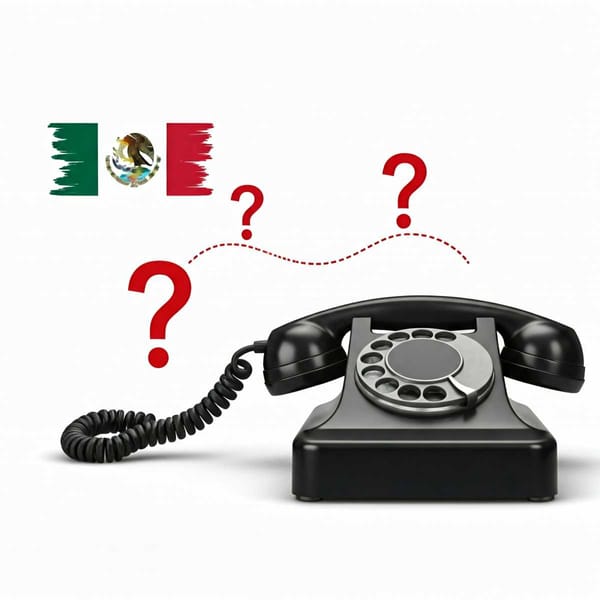The cultural value of the Christmas tradition in Mexico
It is recorded that Mexican Christmas has more than 30 traditions that begin on December 12, the feast of La Guadalupana (the Virgin of Guadalupe), and end on January 6 with the Epiphany or the arrival of the Magi.

In the Mexican territory, the Christmas traditions are rooted through the centuries, some of them have a new Hispanic origin, which is preserved and have the peculiarity of having a colorful and folklore that gives identity to the holiday season.
It is recorded that Mexican Christmas has more than 30 traditions that begin on December 12, the feast of La Guadalupana (the Virgin of Guadalupe), and end on January 6 with the Epiphany or the arrival of the Magi, which is colloquially known as the "Guadalupe-Reyes" marathon.
Some historians consider that the celebration of the first Christmas that is recorded in Mexico, took place in 1526. King Charles V received a letter from the missionary Fray Pedro de Gante, who had learned the Nahuatl language, where he explained about the celebration with the natives, of the then New Spain, as part of the evangelizing process that he carried out. In this celebration, the missionary kept the songs and the indigenous traditions but modified their contents to turn them into Christian elements.
There are different materials in the pieces that represent the birth of Jesus Christ. Births are a fundamental part of Mexican traditions, and it is considered that it was Saint Francis of Assisi who first carried out a living birth in Greccio, Italy, to exemplify the birth of Jesus. Later this representation was rooted in the traditions and they were generating small figures that today we know as births.
It is believed that the first clay birth was made in Naples, Italy at the end of the 15th century. In Mexico, the tradition goes back as one more of the evangelizing models used by the missionaries who taught them to elaborate on these figures and motives. At present, there are diverse populations in Mexico that elaborate the, now little called, cribs, and among the characters that are made we can find from taqueros, postmen, globeros, etc, that enrich with imagination and identity the celebration of Christmas in Mexico.
The good night flower is a species native to Mexico and Central America, formerly this flower was used by the Mexicas in religious rituals, herbal remedies, and to make pigments. It is from the Spanish colonization that is taken as a decorative element in the Christmas season. The first diplomatic representative of the United States in Mexico, Joel Roberts Poinsett, was the one who internationalized the flower by taking it to his country.
Advent is a custom of two thousand years ago, which was done to help the faithful, mostly dedicated to agriculture, the calendar of the Church, like that of Jews, Muslims and pagans were seasonal in those times, combining the dates, celebrations, and rituals with the work of their believers.
The origin of the Christmas tree we owe to the Nordics and one of the great missionaries of the beginning of Christianity, it is St. Boniface, who is said to eagerly remove pagan symbols cut a tree, which was venerated, and instead, he planted the eternal symbol of God's love, and adorned it with apples and candles, symbolizing the temptation and light of Christ.
The adornments to the Christmas tree, pretend that all the trees emerge and bear fruit when spring arrives, so having it inside the house, seeks to call all the wealth and abundance of the trees to the family.
Las Posadas begins on December 16 with a series of rites as the litany where the path of the Virgin Mary walks up to the manger, where pilgrims carrying candles asking for shelter. Upon entering the host's house a piñata is broken, which can be made of clay or paper-mâché with seven peaks (the ones that mean the deadly sins) with a stick, which means the strength that God gives men to finish with the sin, all these singing songs.
The Ponche is a drink that combines different fruits and is served hot at Christmas time. And the Mexican dinner is also representative of the national cuisine such as romeritos en mole, bacalao a la vizcaína, pork leg marinated or stewed, Christmas Eve salad, fritters, and fruit punch, but without doubt, the turkey (filled with ground beef from pork or beef and vegetables) is the most popular dish. Without a doubt, Christmas is the favorite celebration of many Mexicans.




